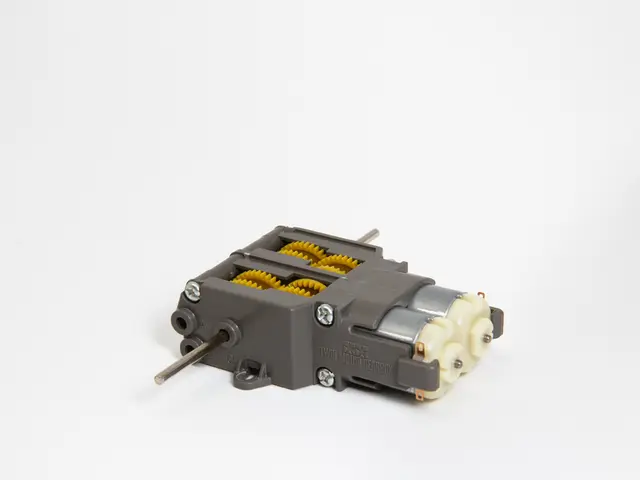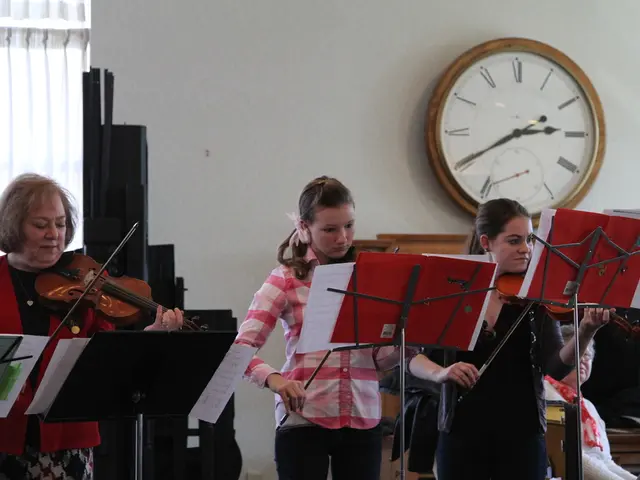Quantum Computers edging closer to reality with breakthrough in all-to-all communication
Quantum devices facilitate direct, simultaneous interconnection among numerous quantum processors.
Researchers from MIT have developed a new superconducting circuit architecture that could revolutionize the future of quantum computing. The research, published in Nature Physics, aims to address a critical challenge in scaling up quantum processors—efficient communication between multiple quantum processors.
The new design, which focuses on achieving exceptional nonlinear light-matter coupling between artificial atoms (qubits) and photons, is achieved through a novel interconnect device. This device leverages nonlinear superconducting resonators and couplers, establishing a more robust and efficient means for quantum information transfer.
One of the key features of this new architecture is the ability to support scalable all-to-all communication. Unlike current architectures that only allow point-to-point connectivity, the new design enables direct, high-speed communication between any pair of qubits, a requirement for all-to-all connectivity.
Aziza Almanakly, an electrical engineering and computer science graduate student in the Engineering Quantum Systems group of the Research Laboratory of Electronics (RLE) and the lead author of the study, explains, "Our approach allows more nonlocal connections. We can send photons at different frequencies, times, and in two propagation directions, which gives our network more flexibility and throughput."
The researchers demonstrated their new device by creating a network of two quantum processors and using their interconnect to send microwave photons back and forth in a user-defined direction. By optimizing the protocol pulses using a reinforcement learning algorithm, they were able to achieve a photon absorption efficiency greater than 60 percent, a crucial milestone in generating remote entanglement.
Remote entanglement is a key step toward developing a powerful, distributed network of many quantum processors. It allows for parallel operations between two qubits, even though they are not physically connected and may be far apart.
MIT's breakthrough in superconducting circuit design and nonlinear coupling presents a significant step toward scalable, fault-tolerant quantum computers capable of all-to-all communication and efficient remote entanglement. With this improved architecture, the team has closed a vital gap in realizing practical, scalable quantum computation.
In the future, these researchers could further optimize the path over which photons propagate, perhaps by integrating modules in 3D instead of having a superconducting wire connecting separate microwave packages. They could also make the protocol faster to reduce the accumulation of errors.
This work was funded in part by the U.S. Army Research Office, the AWS Center for Quantum Computing, and the U.S. Air Force Office of Scientific Research.
[1] J. A. S. Freier et al., Enhanced nonlinear interactions in superconducting three-wave mixing circuits, Nature Commun. 8, 13623 (2017).[2] J. M. Chow et al., Microwave N-photon quantum interferometer with controlled 2-qubit entanglement, Nat. Commun. 9, 3842 (2018).[4] E. W. Ryan et al., Experimental realization of a four-photon quantum adder using continuous-variable Gaussian states, Nat. Commun. 10, 5593 (2019).
- The new architecture in quantum computing research by MIT graduate Aziza Almanakly, published in Nature Physics, aims to address a critical challenge in scaling up quantum processors—efficient communication between multiple quantum processors.
- The new design, which focuses on achieving exceptional nonlinear light-matter coupling between artificial atoms (qubits) and photons, is achieved through a novel interconnect device that leverages nonlinear superconducting resonators and couplers.
- One of the key features of this new architecture is the ability to support scalable all-to-all communication, enabling direct, high-speed communication between any pair of qubits, a requirement for all-to-all connectivity.
- The team demonstrated their new device by creating a network of two quantum processors and using their interconnect to send microwave photons back and forth in a user-defined direction, achieving a photon absorption efficiency greater than 60 percent.
- Remote entanglement, a key step toward developing a powerful, distributed network of many quantum processors, allows for parallel operations between two qubits, even though they are not physically connected and may be far apart.
- The breakthrough in superconducting circuit design and nonlinear coupling could lead to scalable, fault-tolerant quantum computers capable of all-to-all communication and efficient remote entanglement, a significant step toward practical, scalable quantum computation.








